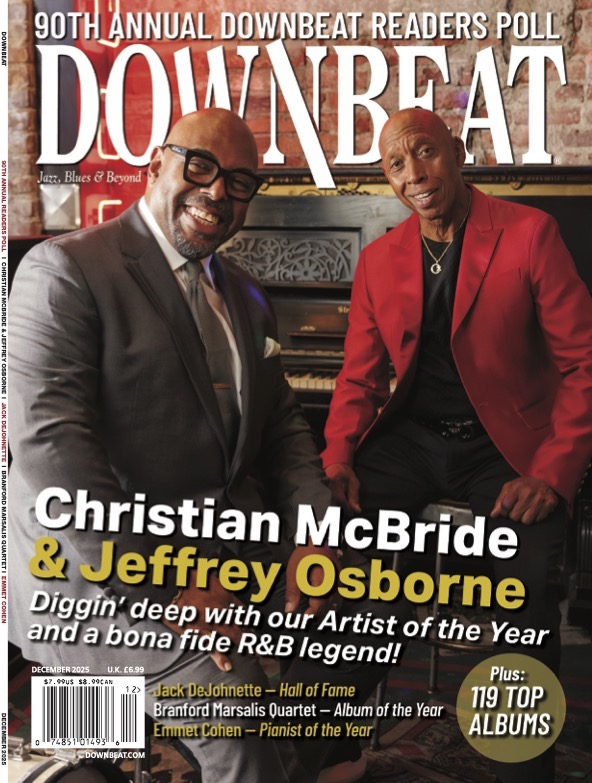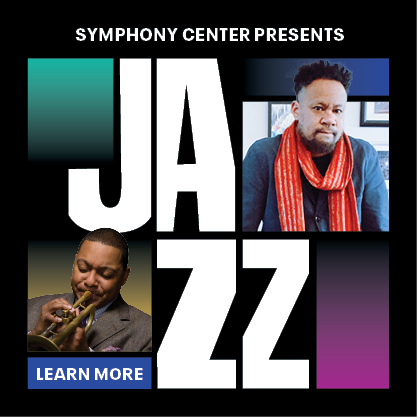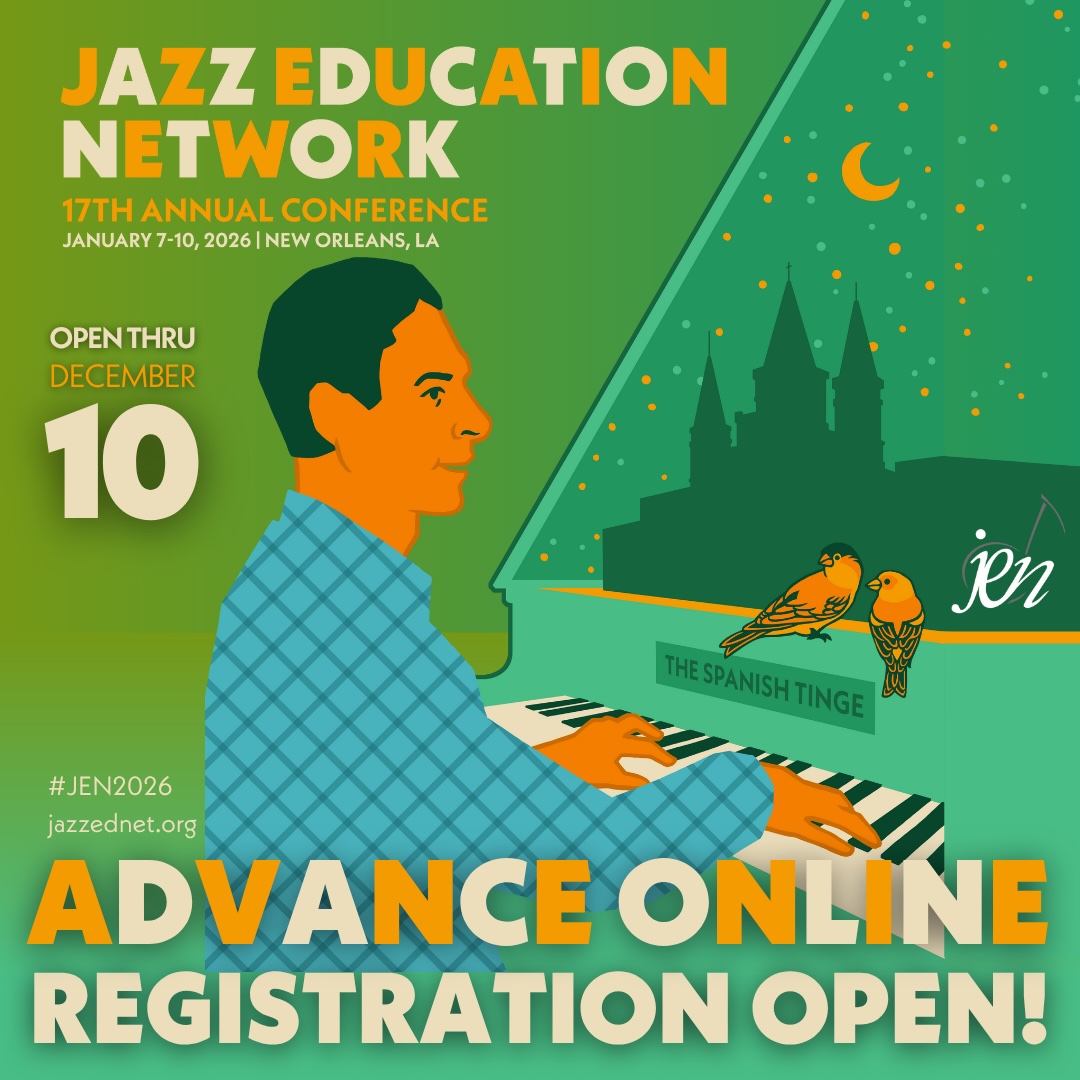Oct 28, 2025 10:47 AM
In Memoriam: Jack DeJohnette, 1942–2025
Jack DeJohnette, a bold and resourceful drummer and NEA Jazz Master who forged a unique vocabulary on the kit over his…
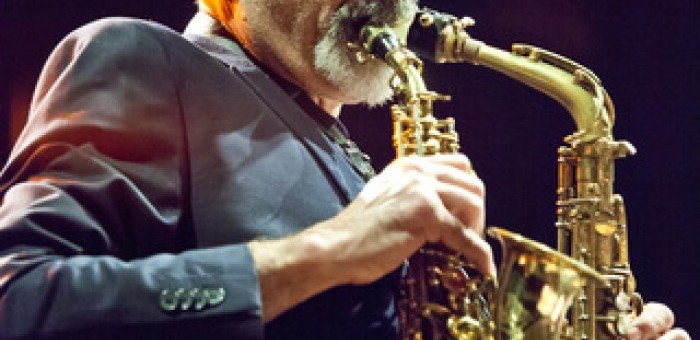
Roy Nathanson performs at Littlefield in Brooklyn on April 17 as part of the release party for his new album, The Nearness Of You.
(Photo: Jacky Cellier)The ever-inventive saxophonist, composer and bandleader Roy Nathanson’s new album is a distillation of a week of gigs at the Stone in Manhattan’s East Village. The project has a particular emphasis on the Hoagy Carmichael chestnut “The Nearness Of You” (which also inspired the name of his new CD, Nearness And You).
For the album’s release party on April 17, across the river at Littlefield in the Gowanus section of Brooklyn, Nathanson remixed the ingredients into an expansive, nearly psychedelic rendition of the song with a drummerless band of downtown stalwarts.
“I’m going to play a couple of duos with each of these guys and then we’ll try to make sense of it all,” he said at the beginning of the evening. Any notions of sense would be, apparently, left to the listeners.
His opening gambit was a duet with his longtime associate, the trombonist Curtis Fowlkes, who played with Nathanson in the Big Apple Circus pit band, and who has been a key part of the Jazz Passengers, Nathanson’s primary performing vehicle, since the 1980s. Nathanson initiated a repeating five-note figure on the alto with extreme dynamic variation, while Fowlkes played a bluesy solo, seeming at one point to echo “Nobody Knows The Trouble I’ve Seen.”
Nathanson introduced his next guest, pianist Anthony Coleman, as “Mr. Wonderful.” While Nathanson might not have the history with Coleman that he does with Fowlkes, the duo put out a pair of wonderfully quirky records in the ’90s under the name “Lobster and Friend.” Nathanson now stepped up as lead voice, having switched to the curved soprano as Coleman played a slow rhythmic pattern. But the pianist wasn’t about to sit contentedly as a timekeeper. He was soon throwing bits of ragtime, bebop and NYC-style freeform at his friend, which Nathanson met with a blustery contrarianism.
Guitarist Marc Ribot came armed with only a hollowbody six-string, which Nathanson paired with the big baritone sax for more blues-inflected repetitions, the two circling each other as if in a casual half-court basketball game. Ribot, ever conscious of rhythm, set a series of staggered lines to which Nathanson responded with the full force of the mighty horn.
The gameplay turned more heated with the arrival of pianist Arturo O’Farrill, who challenged Nathanson to a fast-paced round of chicken quite unlike the seamless genre-bouncing of the earlier piano duo. Full of quick quotes, false stops and a couple of car chases, this number eventually settled into an r&b groove before dissolving into some faux Beethovenisms.
All of that made for a not atypical Downtown style free-improvisation set. It was with the second half that Nathanson and company stepped up their game, playing the CD’s title tune for the length of the set, the leader breaking it into sections and moods.
Fowlkes began again, playing the ballad’s melody line while Nathanson provided simultaneous harmonies with both the soprano and alto for a full chorus before signaling the rest of the players to join in.
With Coleman now on organ alongside O’Farrill at the piano and Ribot on guitar, they flipped into a Rahsaan Roland Kirk /Procol Harum-type jam. The leader then signaled a change in mood—shifting to soft, angular counterpoint—and in doing so crafted a structural complexity that one usually associates with the likes of Henry Threadgill, or vintage John Zorn.
On one occasion, Fowlkes picked up the vocal microphone (Nathanson generously held the lyrics sheet for him) and began singing, sweetly and soulfully, prompting Nathanson to take over with a Vaudevillian croon, only to be interrupted by some unexpected noise prompted by O’Farrill (now on organ) and Ribot (employing an EBow, a handheld electronic bow for guitar). This brought the set to a climax, the repeated closing phrases sounding like a round of Bach hallelujahs.
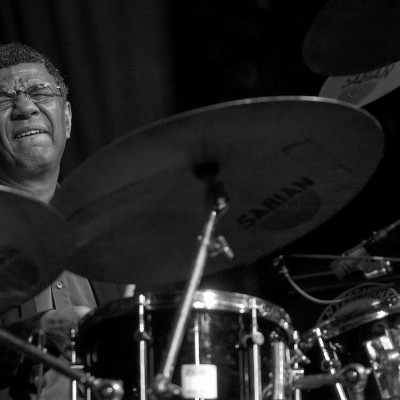
Jack DeJohnette boasted a musical resume that was as long as it was fearsome.
Oct 28, 2025 10:47 AM
Jack DeJohnette, a bold and resourceful drummer and NEA Jazz Master who forged a unique vocabulary on the kit over his…
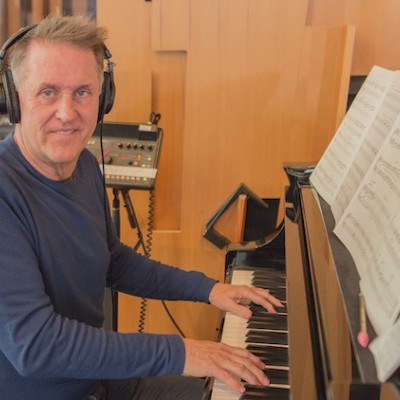
Goodwin was one of the most acclaimed, successful and influential jazz musicians of his generation.
Dec 9, 2025 12:28 PM
Gordon Goodwin, an award-winning saxophonist, pianist, bandleader, composer and arranger, died Dec. 8 in Los Angeles.…
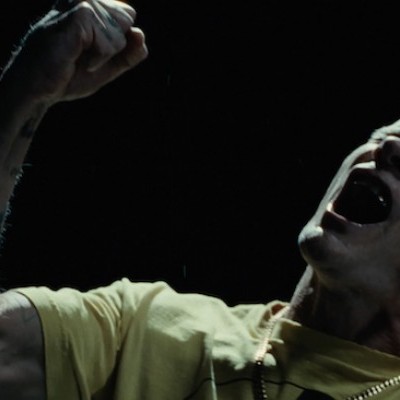
Flea has returned to his first instrument — the trumpet — and assembled a dream band of jazz musicians to record a new album.
Dec 2, 2025 2:01 AM
After a nearly five-decade career as one of his generation’s defining rock bassists, Flea has returned to his first…

Nov 13, 2025 10:00 AM
For results of DownBeat’s 90th Annual Readers Poll, complete with feature articles from our December 2025 issue,…
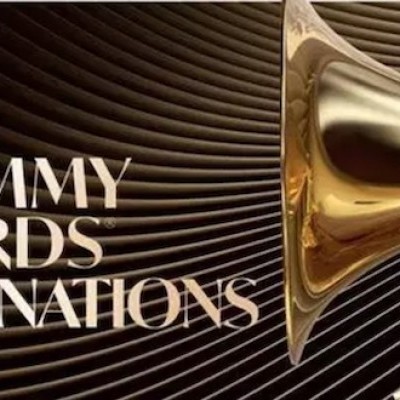
To see the complete list of nominations for the 2026 Grammy Awards, go to grammy.com.
Nov 11, 2025 12:35 PM
The nominations for the 2026 Grammy Awards are in, with plenty to smile about for the worlds of jazz, blues and beyond.…

